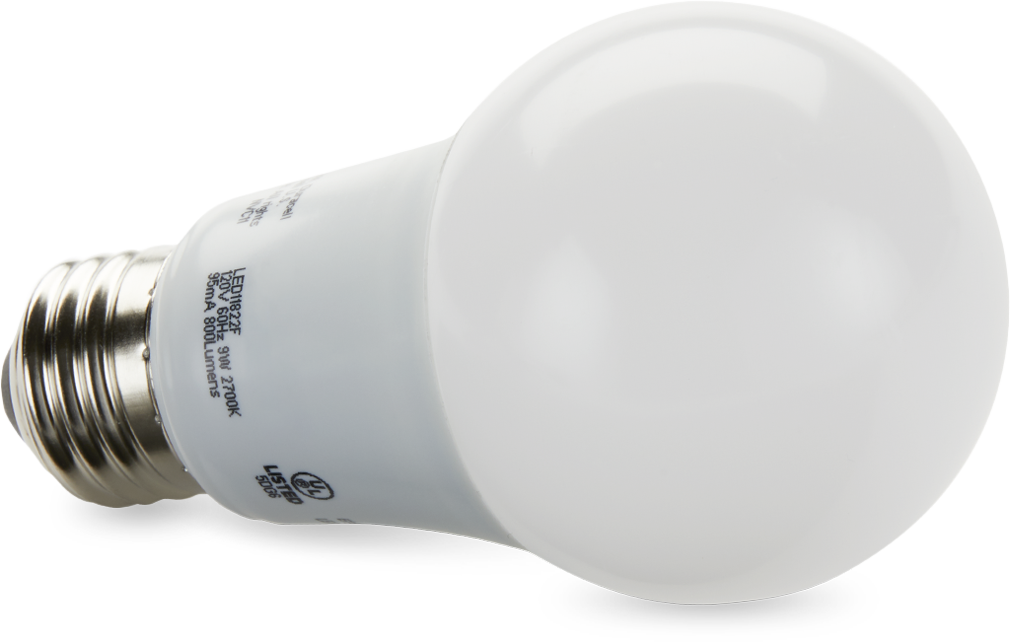Before You Begin
A flickering or faulty light can be a nuisance. Before calling an electrician, use these tips from the experts at Batteries Plus to learn how to fix a light fixture on your own. These tips can be used to help fix both recessed light fixtures and hanging light fixtures.
Tools You May Need
Before attempting to repair a light fixture, save time and frustration by having the right tools on hand. Although the exact tools you'll need for the job may vary, common tools you should gather include:
- Flat-head screwdriver
- Non-contact voltage tester
- Wire cutters/strippers
- Pliers
- Wire caps
- Wire staples
Safety Tips
Never attempt to handle a light fixture without shutting off its electricity first. Before touching a bare light socket, shut off power to the light fixture's circuit from the circuit breaker box. Then, use a non-contact voltage tester to verify the electricity has been properly shut off. Finally, allow the bulb to completely cool before handling it.

Why Won't My Lights Turn On?
Before you can fix your light fixture you need to first diagnose the issue. This will take some troubleshooting, but if any of these quick fixes work it could save you from costly repairs by an electrician.
If your light does not turn on, try the following quick diagnosis steps:
- Check to see if the light bulb has burned out. This can be done by looking at the bulb to see if it has any gray or black spots in it where it appears to have blown. You can also gently shake the bulb to see if anything sounds loose. If you find dark spots in your bulb or hear something loose in the bulb, it is likely blown and you should replace the fixture’s light bulb.
- Gently turn the light bulb to make sure it is tight in the socket. Over time, the bulb can loosen in the socket causing it to lose the connection with electricity. Simply gently tightening the bulb in the socket will reconnect it to the power source and hopefully cause it to light back up.
- Inspect the light socket. Remove the light bulb and look over the light socket to see if everything looks in order. Check for things like a flattened center metal socket tab at the bottom of the socket. If this appears bent or flattened, it could be causing the issue. Simply bend it back out to contact it to the bulb.
If your light turns on but then flickers, try the following quick diagnosis steps:
- Do you hear a sizzling or crackling sound when you are trying to turn the lights on? If so, this could mean the light switch is going bad and is no longer connecting properly. Your light switch will likely need to be replaced if this is the issue.
- One of the most common issues for flickering light bulbs is a loose wire at the switch or the panel box. You can check these wires at the switch, ceiling box or breaker box. Always make sure the power is shut off before working with electrical wires.
- Another issue related to flickering lights is a light socket that is going bad. If this is the case, you will need to replace the light socket.
Faulty Bulb?
If you've wondered how to repair a light fixture, the above information should help. After assessing your fixture, if you've determined that the source of your problem is a faulty light bulb, find a variety of replacement LED bulbs, smart light bulbs, incandescent bulbs, fluorescent bulbs and more at Batteries Plus. If you can’t find the bulb you’re looking for, please contact your local Batteries Plus store for assistance.

